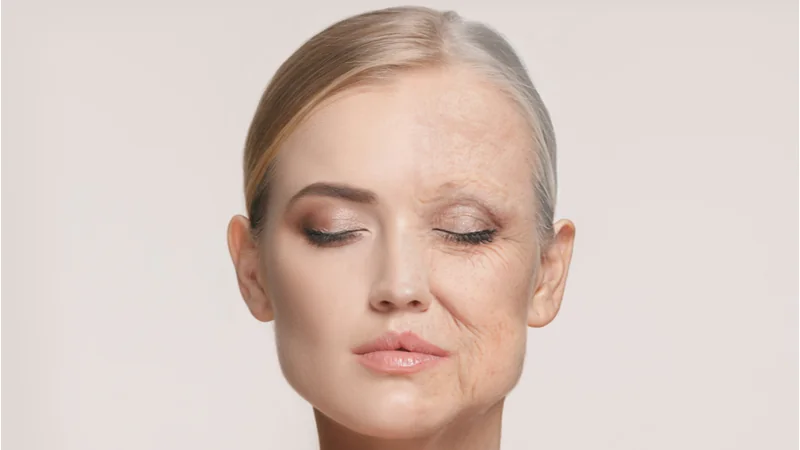What is Aging? The Nine Reasons We Age
It’s strange how much people talk about aging but do so without really understanding what it is. Aches and pains, loss of energy, and a decline of health and mobility typically accompany aging, but these are the symptoms not causes of aging.
Put simply, aging is a series of processes that include direct damage, accumulation of cellular waste, errors, and imperfect repairs as well as the body’s responses to them. These processes result in the familiar signs of aging and ultimately to the development of the age-related diseases that eventually kill us.
The hallmarks of aging
There are multiple aging theories, but one of the most popular and well supported is the Hallmarks of Aging, a 2013 paper that defined aging into nine distinct categories (hallmarks) and explained how these interact with each other to drive the development of age-related diseases.
These are nine reasons we age:
- Genomic instability – DNA damage that mutates cells and can potentially cause cancer and other harmful cell behaviors.
- Epigenetic alterations – Changes to gene expression that makes cells old and more dysfunctional.
- Telomere attrition – The protective caps on our chromosomes erode, which leads to loss of tissue regeneration.
- Loss of proteostasis – Loss of efficient protein creation and the accumulation of cellular waste.
- Mitochondrial dysfunction – Free radicals and oxidative stress damage to the mitochondria leading to mitochondrial mutations and failure of energy production.
- Deregulated nutrient sensing – Failure of appropriate response to nutrients, cell growth, loss of energy production, and other cellular functions.
- Cellular senescence – Worn out, damaged cells accumulate, which leads to chronic inflammation and loss of tissue regeneration.
- Stem cell exhaustion – A loss in the ability of our stem cells to regenerate damaged tissues due to running out of healthy replacement cells.
- Altered intercellular communication – Altered cell-to-cell communication leading to chronic inflammation and dysfunctional cell behavior.
This framework gives researchers insights into how they might directly intervene against these aging processes to prevent age-related diseases.
Treating the hallmarks of aging to prevent age-related diseases
Current medical practice treats all diseases through an infectious disease model; however, this approach performs poorly against age-related diseases, which have different fundamental causes.
The current approach works like this: as soon as a disease appears, the doctor attacks the disease using everything in the medical armory, and the patient can then continue with life until the next disease pops up, after which this process is repeated. This is a great way to deal with infectious diseases, and it has helped to increase life expectancy greatly in the last century.
However, this “whack-a-mole” approach is a poor choice when it comes to treating the chronic diseases of old age. This is because the damage that the aging processes cause still continues to take its toll; therefore, treating the symptoms will ultimately achieve very little and certainly not cure the related diseases. This is why older people frequently have multiple chronic conditions and have to take various drugs to manage them.
When you think about it, it is obvious why using an infectious disease model to treat the diseases of old age is never going to work: the processes of aging are the foundation of every single age-related disease.
Treating the underlying hallmarks of aging and repairing their damage, which leads to the familiar diseases of old age, is the basis for the medical approach known as rejuvenation biotechnology, a multidisciplinary approach that aims to prevent and treat age-related diseases by targeting the aging processes directly. By repairing the underlying damage, it may be possible to keep tissues and organs biologically younger and healthier and thus prevent or reverse the dieseases of old age.
Is aging too complex to understand?
A common misconception is that aging is too complex for us to understand, but, during the last decade or so, researchers have made great inroads into improving our understanding of aging and the processes that drive it.
While it is true that science has yet to understand the aging processes fully, current research has already given us a significant level of understanding.
The hallmarks of aging themselves are probably not the full story of aging and it is likely that as time passes, the hallmarks of aging will evolve as new things are discovered.
Can we increase healthy human lifespans?
Now we understand a bit more about what aging is, it’s time to answer the question: What is life extension? – and what it isn’t. Join us in the next article where we explore what life extension really means.



